--25bv and 560 Peugeot fourgon D3A 'Postes' (1954-60)
The first version of this Peugeot van was a yellow-green commercial van, no. 25b, with the advertising ‘Lampe Mazda’, dating from September 1953. The scale is rather unusual 1/50, as confirmed by the factory assembly drawing 100.318 of 19 April 1951. The mock-up, the wooden proof model, which is still in existence, is on the 1/43 scale according to Roulet.
The dark green colour of the mail van is in accordance with the actual colour of the French postal service in the nineteenfifties and sixties. This dark shade of green is very often found on other French Dinky Toys from that period. All around, in the middle, except for the front, a yellow-coloured strip is applied.
The Fourgon postal is a very common model that shows up in various subtle variants in the second half of the 1950s. The earliest version can be recognized by a smooth inside of the roof. The name ‘POSTES’ is stamped by tampoo printing in the slimmest letters of all variants. At that time, the tyres always showed an ‘M’ in relief.
The second one has the same characteristics, but it has a checkered inside of the roof.
The third type has a somewhat rounder ‘O’, while the lettering has now been applied by means of a transfer.
The fourth version shows a text of which the ‘O’ shows more or less straight sides.
In the fifth and final state the ‘O’ has become rounder once more, and the characters are bolder than before. The transparency and shade of yellow can vary, so that strictly speaking even more variations could be distinguished. We only find this latter variation with the newly introduced concave hubs, the model packed in a dual numbered box 25BV / 560. From the outset, the model has been packed in an individual yellow illustrated end flaps box. Atlas produced a replica of this final variant, probably the least common one.
This mail van of April 1954 is based on a Peugeot D.3.A. van. These vehicles were initially sold by Chenard & Walker (1946-1950). They were in need of a suitable engine, to be supplied by Peugeot, whereas Peugeot had not been able to develop a new van after the war yet. So from 1950 on Peugeot continued production until 1965. The initial Peugeot 202 engine was replaced over the years by a 203 and finally a 403 engine. The bodywork was produced for Peugeot by Chausson, which firm would later be taken over by Peugeot.
Characteristic is the ‘pig's nose’, the shape of which is the result of the compact, almost square, forward protruding grille and radiator.
The French black and white catalogue of 1954 shows the model for the first time, even in colour on the back of the cover. As a Dinky Toy, renumbered 560, the Fourgon postal is included finally in the 1960 catalogue, but still without the contemporary concave hubs.
For the French this was the first model of a postal van. The British already had one available before the war, the Royal Mail Van, no. 34b. After it was discontinued in 1952, the new Royal Mail Van, no. 260, was launched in 1955 as a contemporary counterpart to the Fourgon postal.
In addition to the aforementioned ‘Lampe Mazda’ version, a promotional ‘Peugeot Service’ and a scarce version without advertising lettering were made. Similar models are also known in ‘Cibié’ livery and even a fire engine version, all very rare, if not unique.
Both the availability of the Atlas edition, and the many surviving originals, make a real Dinky Toy Fourgon postal rather easy to find and affordable.
Comments, additions and corrections very welcome, as usual, kind regards, Jan
This is an other excellent description by Jan.
May I add a couple of comments ?
There are three casting variations which Jan could not see :
• smooth ceiling
• the rear third of the ceiling is chequered
• all the ceiling is chequered
The original Chenard van sported a two strokes two cylinders flat engine and the front grille was flat but when the longer four cylinder engine of the Peugeot 202 was fitted the grille was moved forward. The 202 engine was changed for a 203 hence the reference D3 and later by the 403 when the reference was changed to D4.
The van was assembled by Chausson as many other vehicles were : Peugeot J 7 and J9, Citroën C35, Renault 4 van, Estafette, Opel GT etc...
The Mazda van and Simca Aronde (24U) were the first French Dinky packed in a yellow boxes.
Jan--Another very nice writeup on a splendid 1950's Van by the French Meccano factory. Another comment spurred on by this model, is the presence of an open rear window. The English Meccano factory abandoned showing these shortly after the war, and newer commercial vehicles never had them. But the French included them in the long wheelbase versions of the 25 series Ford Trucks, plus this van, as well as the Citroen 2cv Vans, and the Citroen H van. I have always heard the English stopped due to the problem of excessive flash material needing to be removed by hand, so if that is the case, how did the French deal with it. Also, why was it an issue only with those rear windows? Thanks again for showing this!
Best regards, Terry
Great additions, you guys, thank you! This is the way we should always discuss Dinky Toys and expand our knowledge and share our various views about them.
I presume, Jacques, the full extent of the inside ceiling finish can only be inspected by dismantling the model?
And, Terry, well observed, about those rear windows. That did not cross my mind yet. It must have been a cost issue of the British to prefer filling in the rear windows (from the start or lateron). As they were 'only secondary' the maintenance of the die (in order to avoid excessive flash) could be concentrated exclusively on the more important windows this way, in my opinion. The French probably just happened to make a different choice. Kind regards, Jan
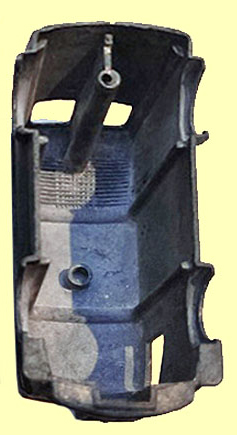
Yes Jan, one can only see the 1/3 cross hatching when the van is dismantled.
About the open/closed rear windows, the flash could not be removed automaticaly because those windows are two small. The deburing is done by placing the raw castings in a rotating barrel and mixing those castings with some abrasive synthetic stones. If the stones are much larger than the windows to be debured, this does not work properly. Bobigny and LIverpool had probably a different way of doing the deburing.
Deburing was certainly not finished by hands, the models with excessive flash were certainly molten again. One can not do any work by hand when one makes one million Dinky a month.
I know only two cases of filing castings : some of the Panhard PL 17 on which the indicators were filled off and one can see the scratches and the laders of the 32e - Berliet fire engine.
Why did Bobigny succed to keep those small windows is probably because the dies were subcontracted and of better quality than those made in house at Binns Road.
The problem was raised as early as 1934 when the small side and rear windows of the type one 25d tanker were closed and it was still not solved when the Binns Road factory closed in 1979 as the Convoy trucks had filled in rear windows.

This is the Cibié variation of the Peugeot D3 van by Atlas. It is very peculiar, I do not know what hapened to it but it certainly represents well the quality of the Atlas stuff.
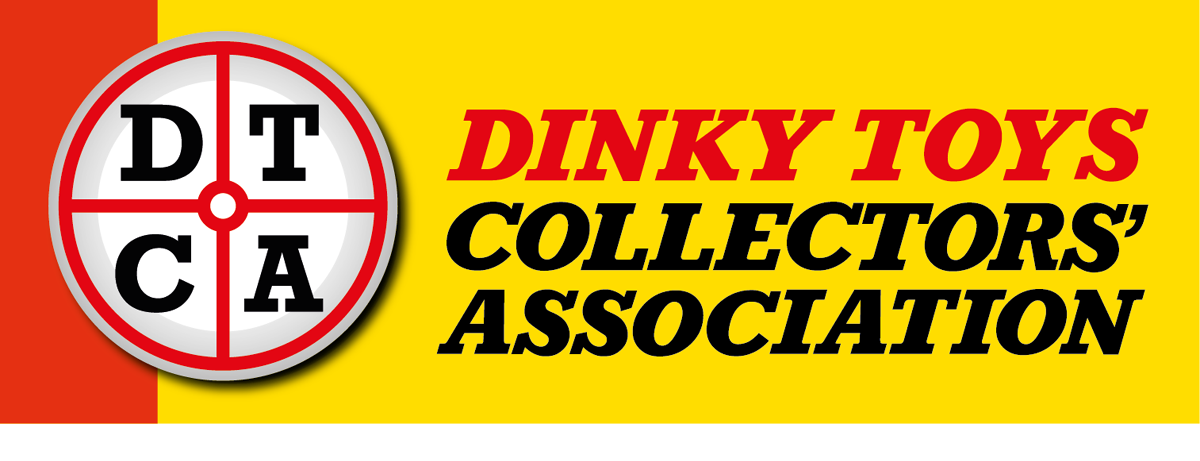



![No. 25bv Peugeot Fourgon postal [mail van] (1954-1960).](http://dtcawebsite.com/sites/default/files/styles/large/public/forum-images/1.%20dtf25bv%20IMG_4437%20%285%29.jpg?itok=h2cx1ygb)

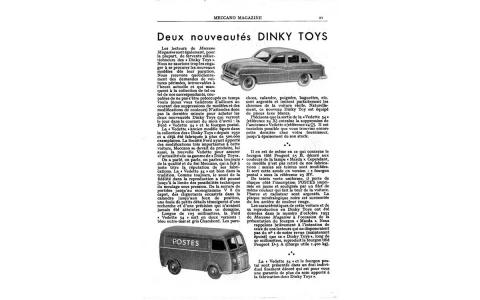




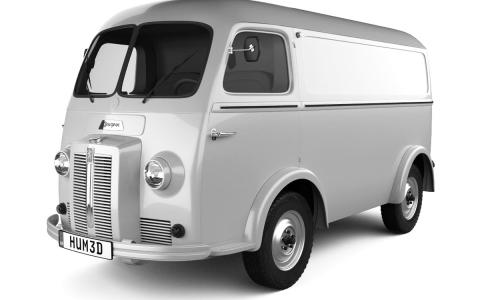

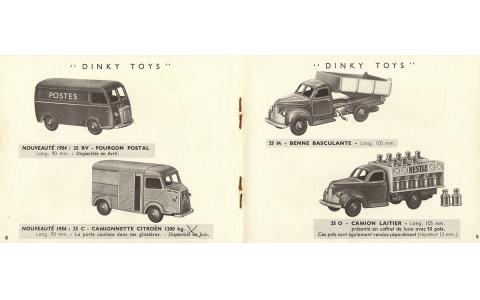

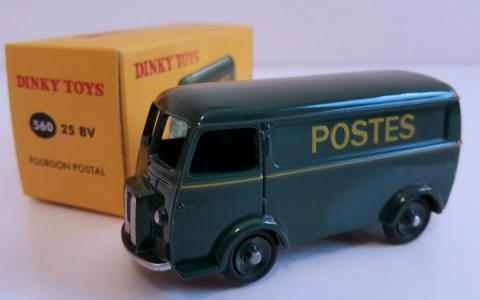

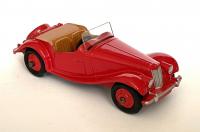
-914 AEC Articulated Lorry (1965-70)
-163 Bristol 450 Sports Coupé (1956-60)
-163 Bristol 450 Sports Coupé (1956-60)
-914 AEC Articulated Lorry (1965-70)
DTCAwebsite upgrade 2023
DTCAwebsite upgrade 2023
DTCAwebsite upgrade 2023
DTCAwebsite upgrade 2023
DTCAwebsite upgrade 2023
DTCAwebsite upgrade 2023
-508 DAF
--14c and 401Coventry Climax Fork Lift Truck (1949-64)
FRENCH DINKY TALBOT LAGO
-Boxes General Discussions including end flaps, both British and French
--14c and 401Coventry Climax Fork Lift Truck (1949-64)
--14c and 401Coventry Climax Fork Lift Truck (1949-64)
-508 DAF
DTCAwebsite upgrade 2023
DTCAwebsite upgrade 2023
DTCAwebsite upgrade 2023
DTCAwebsite upgrade 2023
DTCAwebsite upgrade 2023
-508 DAF
-508 DAF
-508 DAF
New arrivals
New arrivals
DTCAwebsite upgrade 2023
DTCAwebsite upgrade 2023
ORIGINAL MECCANO DINKY TOYS FACTORY BOX ART 175 HILLMAN MINX SALOON + DRAWING
--29c and 290 Double Decker Bus (1938-63)
DTCAwebsite upgrade 2023
DTCAwebsite upgrade 2023
DTCAwebsite upgrade 2023
DTCAwebsite upgrade 2023